Jane Eyre
The opening frames of Cary Joji Fukunaga’s Jane Eyre are startling. Charlotte Brontë’s novel, published in 1847, is a trenchant portrait of female entrapment, but this new adaptation immediately thrusts us outside. A fully grown Jane (Mia Wasikowska) hastens down a hill slope and roams around a vast, viridian moorland. Nearly thirty film and television adaptations have led us to expect to discover Jane as a juvenile prisoner of Gateshead, confined to the sliver of space between window and curtain while a flabby, menacing John Reed hunts her down. Instead, a bird’s-eye shot shows Jane at a crossroad, and subsequent close-ups divulge her crying, the thing she has most been at pains to suppress. The twenty-first-century Jane Eyre is less a victim of cages and cruelties than she is cosmically alone.
Continue reading for only $2.50 per week. Subscribe and gain full access to Australian Book Review. Already a subscriber? Sign in. If you need assistance, feel free to contact us.


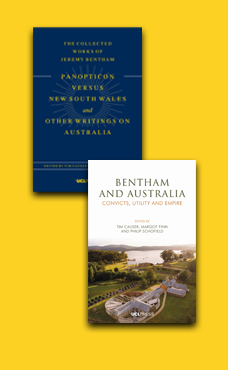
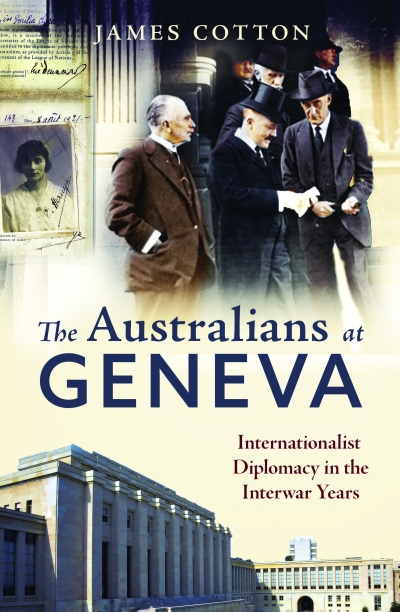
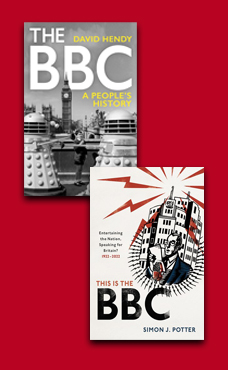

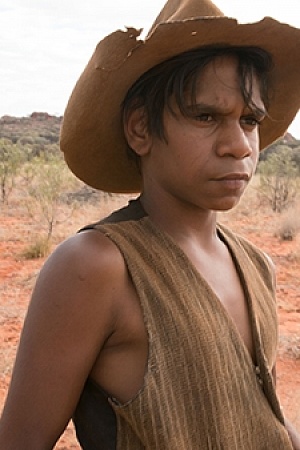
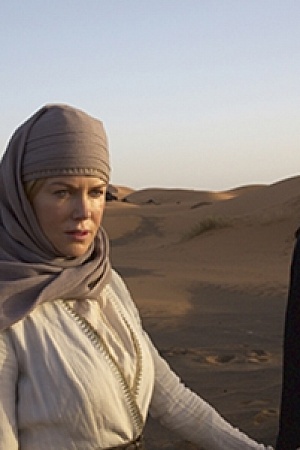
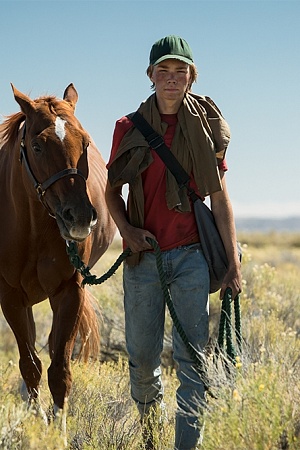
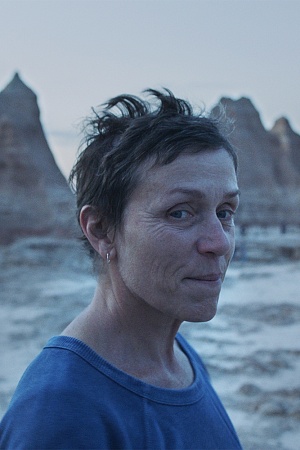
Leave a comment
If you are an ABR subscriber, you will need to sign in to post a comment.
If you have forgotten your sign in details, or if you receive an error message when trying to submit your comment, please email your comment (and the name of the article to which it relates) to ABR Comments. We will review your comment and, subject to approval, we will post it under your name.
Please note that all comments must be approved by ABR and comply with our Terms & Conditions.